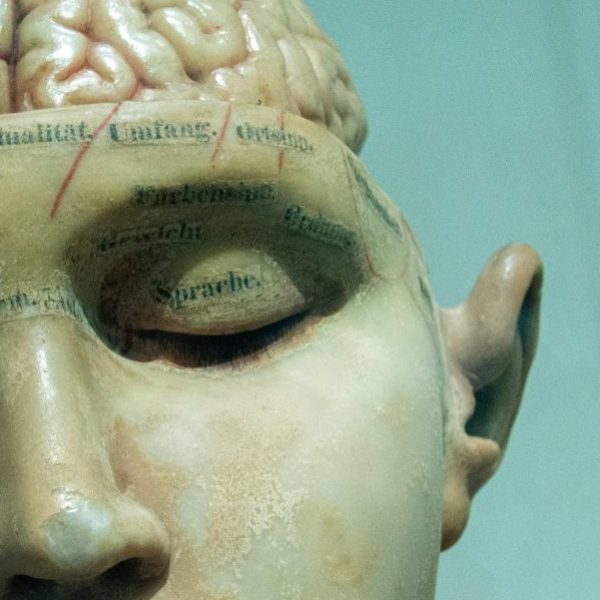Something on Your Mind? The Brain Decides…
How do we know how many eggs are in a dozen? How do we tell red from blue? How can we imagine tomorrow when the sun has not even begun to set on today?
These are just a few of the mysteries associated with the human brain, the organ that has allowed our species to build skyscrapers, create artworks, and survive for several thousand years—but what is it about this mess of neurons that allows us to think, interpret, remember, and create? In The Brain: Big Bangs, Behaviors, and Beliefs, Rob DeSalle and Ian Tattersall, both curators at the American Museum of Natural History, address many of these questions, taking the reader on a guided tour of that organ that makes human beings entirely unique.
 Although neuroscience is anything but easy to understand, The Brain is extremely user-friendly, and DeSalle and Tattersall’s clear, accessible text is accompanied by charmingly simple hand-drawn illustrations by Patricia J. Wynne that offer a more visual angle on everything from protein-receptors to the inner ear. Incorporating the latest neuroscientific research alongside examples from the 2004 movie School of Rock, DeSalle and Tattersall give a rigorous and entertaining overview of the everything from the brain’s physical make-up to its evolution.
Although neuroscience is anything but easy to understand, The Brain is extremely user-friendly, and DeSalle and Tattersall’s clear, accessible text is accompanied by charmingly simple hand-drawn illustrations by Patricia J. Wynne that offer a more visual angle on everything from protein-receptors to the inner ear. Incorporating the latest neuroscientific research alongside examples from the 2004 movie School of Rock, DeSalle and Tattersall give a rigorous and entertaining overview of the everything from the brain’s physical make-up to its evolution.
The Brain goes far beyond the grey matter of biology class. In one of their most compelling chapters, “Decisions, Behaviors, and Beliefs,” the authors delve into issues of economics (research shows that male macaque monkeys will pay up in juice “currency” to see pictures of female macaque private parts!) and even religion. Though DeSalle and Tattersall encourage the reader’s skepticism at the notion of a “god gene,” they do note the possibility of adaptive explanations for spirituality, and connect religion to the human capacity of imagination.
That capacity of imagination is also explored in a short section on aliens, which looks at scientific explanations for the fairly frequent reports of alien abduction. It turns out that researchers think that sleep paralysis, a common occurrence of REM sleep in which one feels “powerless, unable to move,” may be behind all those supposed trips to alien operating theaters in which the abducted human is tied down, helpless. Given the slight suggestion of alien activity, research indicates, this sensation “may be interpreted in retrospect as an alien intrusion”—studies have also begun to find a connection between the powerlessness experienced in sleep paralysis and “recovered memories of sexual abuse.”
This is just one among many of examples of the brain phenomena DeSalle and Tattersall address; other chapters deal with music, sensory perception, and emotions. Yet regardless of the particular question at hand, the authors offer cogent explanations for the strangest of phenomena, writing with a sense of enthusiasm and wonder that engages the reader’s brain in this truly fascinating of explorations.
The American Museum of Natural History exhibition Brain: The Inside Story, which inspired DeSalle and Tattersall’s book, closed last fall, but the website is still live, and includes several videos of the exhibits and a bevy of articles on subjects from memory to love and language!

























